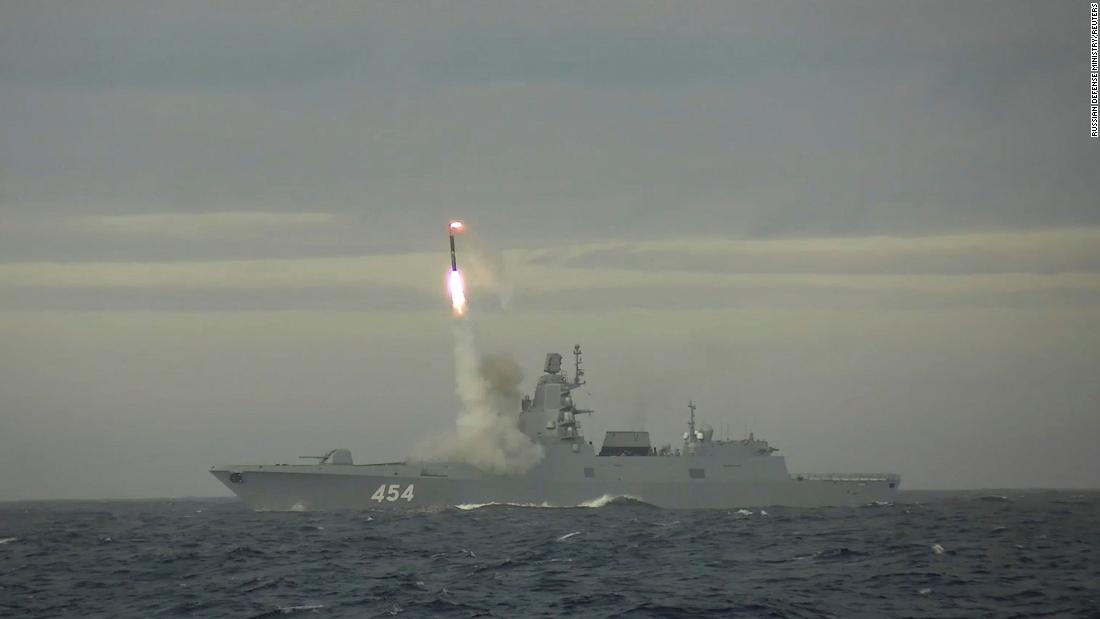US Navy is developing directed energy systems to counter hypersonic missile threats from China and Russia

Adm. Michael Gilday, the Chief of Naval Operations, on Thursday said developing systems which would use high energy lasers or high power microwaves to destroy a threat is a top priority for the Navy.
“From a defensive standpoint, we’re focused on the threat,” Gilday said Thursday during an event at the Heritage Foundation. “We’re not ignoring it.”
Hypersonic missiles, which travel at five times the speed of sound or faster, pose a unique challenge to US defensive systems. They fly far faster than traditional missiles, and they don’t fly like ballistic missiles on predictable trajectories, making them much more difficult to detect and intercept.
Gilday noted the advances adversaries like Russia and China have made in hypersonic weapons. “They’re a significant concern,” Gilday said. “Russia and China are both developing those capabilities and will be fielding those capabilities shortly.”
Russia has used its hypersonic Kinzhal missile in the war in Ukraine, while China tested a hypersonic glide vehicle last year.
Directed energy systems, which use lasers or microwave emitters to destroy a system or disrupt its electronics, are a potential option for defending against hypersonic weapons.
This month, the Navy installed Lockheed Martin’s HELIOS laser system on the USS Preble. HELIOS, which stands for High Energy Laser with Integrated Optical-dazzler and Surveillance, is the latest system in the Navy’s efforts to field more powerful and capable defensive laser weapons.
Heidi Shyu, the Under Secretary of Defense for Research and Engineering, has named directed energy systems as a technology area of critical importance to the Defense Department. For years, directed energy systems that use lasers or microwave emitters to destroy targets were the stuff of science fiction, but the technology has finally matured to the point where it can be fielded by the military, Shyu said earlier this year.
In 2014, the Navy successfully tested and deployed a laser weapon system on the USS Ponce in the Persian Gulf. The system was capable of engaging drones, small aircraft and small boats. Last year, the Navy tested a more advanced laser system on the USS Portland.
The US is still in the process of testing different hypersonic systems, some of which have been delayed by a series of testing failures.
But Gilday said Thursday the services were still committed to the success of the program. The Army will be the first to field the missile next year, while the Navy plans to put the missile on destroyers in 2025 and fast attack submarines in 2028.
For all the latest world News Click Here

